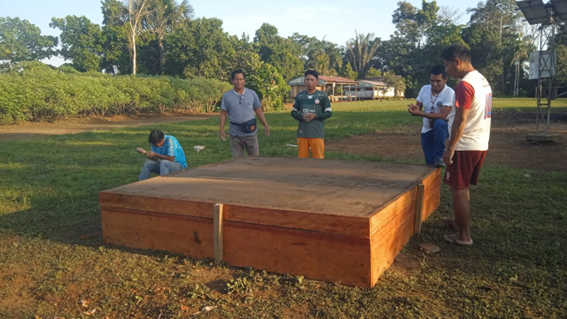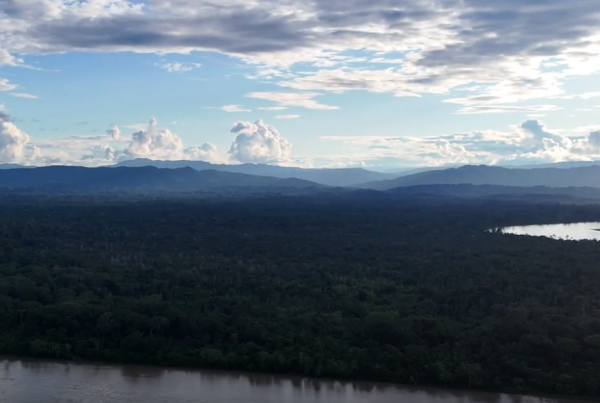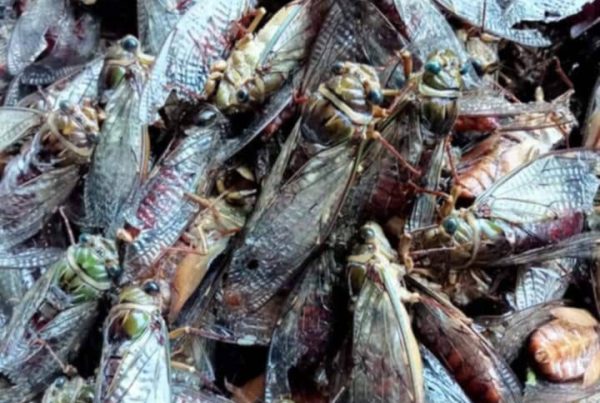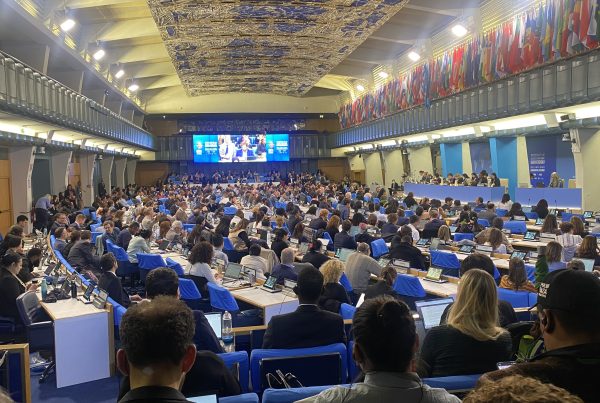The taricaya and the charapa are the two most important species of aquatic turtles due to the contribution of their eggs and meat in the diet of the local population, as well as a source of economic income from the commercialisation of these natural products.
This July 2023, the communities of San Juan, Nueva Alegria, Puerto Juan, Sanchez Cerro and San Francisco de Chiwaza have initiated the management of natural nests of taricaya and charapa. The aim is to repopulate and recover their natural populations in the Morona basin, in the jurisdiction of the Wampís Nation territory.
This process of recovery of some of nature’s components is thanks to the Transformative Pathways project that the Wampís Autonomous Territorial Government has been implementing. As previously mentioned, the first component, the management of aquatic turtles in the Wampís communities of the Morona basin, has been promoted during this period.
Type: Press release
Region: The Americas
Country: Peru
Theme: Biodiversity Monitoring, Sustainable livelihoods, Community-led conservation
Partner: GTANW

Wampis woman planting taricaya eggs, in the Puerto Juan Indigenous Community. Photo by GTANW.
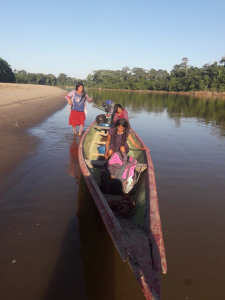
Wampis women on the Morona River, visiting natural beaches to collect taricaya eggs. Photo by GTANW.
The project began with the identification of communities and committed people (families), who have been trained in the different processes required for turtle management. Currently, a total of 63 nests of the taricaya species and two nests of the charapa species are being managed on semi-natural beaches located in the communities. The season continues and it is expected that more nests of both species will be collected.
The GTANW, with this project, specifically aims to maintain the potential of biodiversity and other important ecosystems through the optimisation of a socio-territorial governance system. It is important to highlight that this is GTANW’s approach for the Transformative Pathways project, and that this serves the communities that are taking part in it. This is because the project aims to support the maintenance of cultural conservation from the bounty of nature that these communities hold in their territories, which is extremely important for the recovery of food security and its sustainable use in the future.

